From robotic replacement limbs to bionic eyes, the next step in human evolution might involve augmenting our bodies with a variety of new technology.
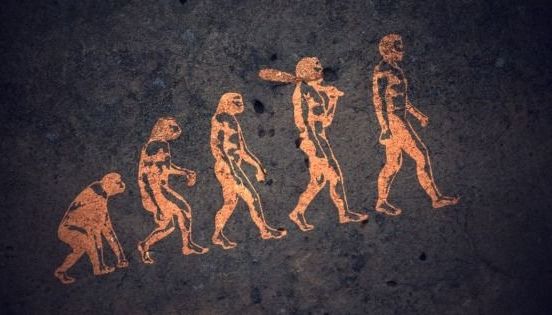

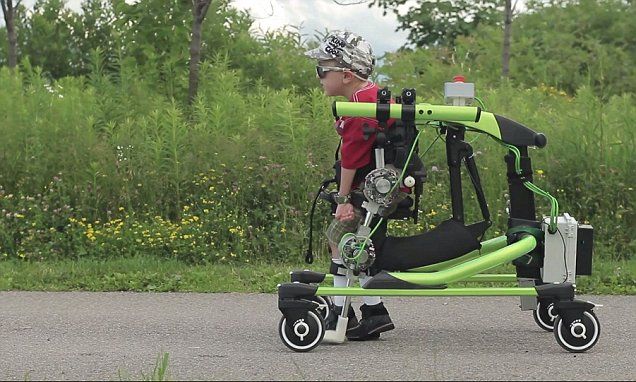
The ‘Iron Man’ exoskeleton that can let disabled children walk again.
By Sage Lazzaro For Dailymail.com
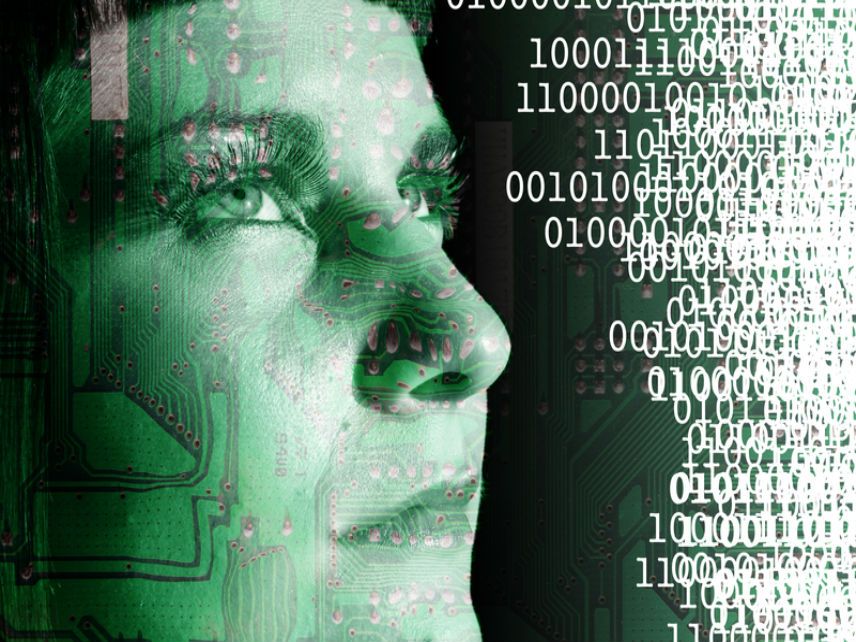
Article out by Ron Bailey at Reason Magazine that discusses #transhumanism and #libertarianism:
Kai Weiss, a researcher at the Austrian Economics Center and Hayek Institute in Vienna, Austria, swiftly denounced the piece. “Transhumanism should be rejected by libertarians as an abomination of human evolution,” he wrote.
Clearly there is some disagreement.
Weiss is correct that Istvan doesn’t expend much intellectual effort linking transhumanism with libertarian thinking. Istvan largely assumes that people seeking to flourish should have the freedom to enhance their bodies and minds and those of their children without much government interference. So what abominable transhumanist technologies does Weiss denounce?
Weiss includes defeating death, robotic hearts, virtual reality sex, telepathy via mind-reading headsets, brain implants, ectogenesis, artificial intelligence, exoskeleton suits, designer babies, and gene editing tech. “At no point [does Istvan] wonder if we should even strive for these technologies,” Weiss thunders.
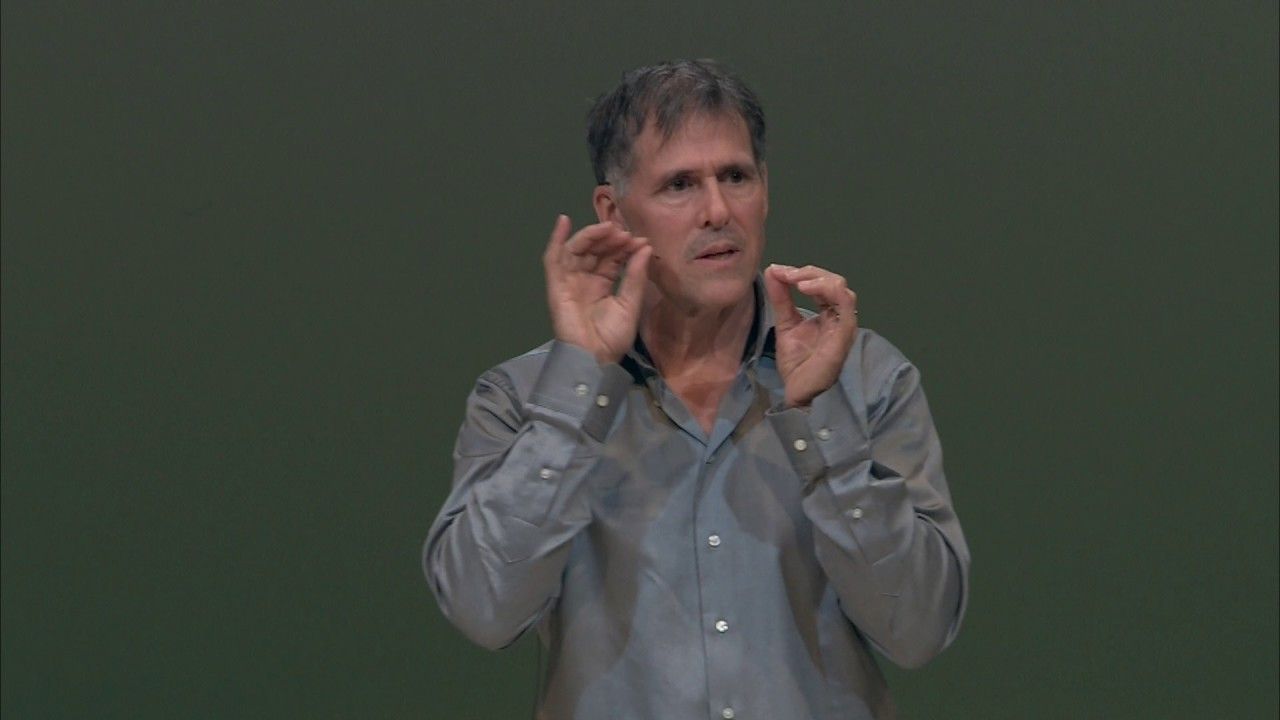

London-based AI start-up REZIINE has published the entire explanation and framework design for the creation of consciousness in machines.
“Consciousness Illuminated and the Reckoning of Physics” – a 525-page document – features:
Describing the compact definition of consciousness as “the ability to make illogical decisions based on personal values”, founder, Corey Reaux-Savonte, goes on to say:
If consciousness is the ability to make illogical decisions based on personal values, …
Read the full story at LinkedIN
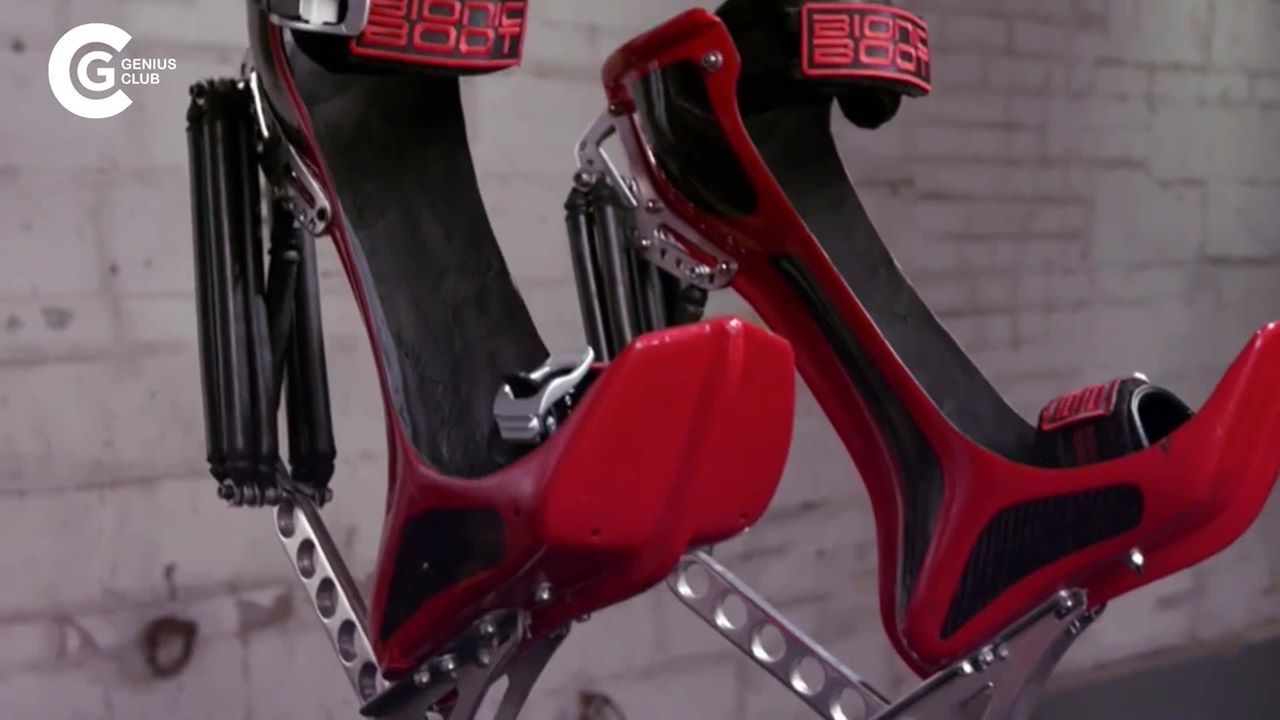
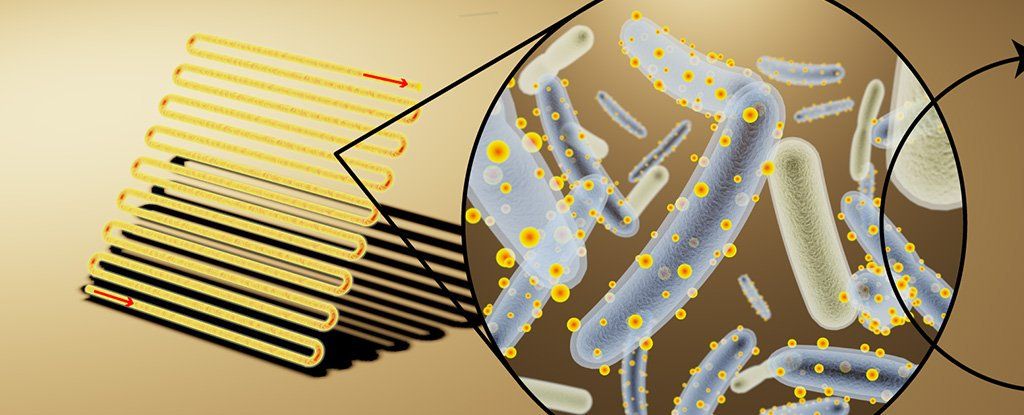
In an effort to improve the efficiency of natural photosynthesis, a researcher at the University of California, Berkeley, has created cyborg bacteria.
These bacteria were trained to grow and cover their bodies with tiny semiconductor nanocrystals that act as efficient solar panels for harvesting sunlight.
Although most life on Earth relies upon photosynthesis as its source of energy, the process has a weak link: chlorophyll. Plants and other organisms use the green pigment to harvest sunlight during photosynthesis, but it is rather inefficient.
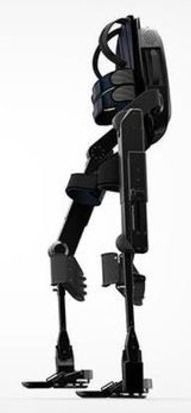
It’s one thing to be wowed by Amazon’s Alexa and her ability to turn off Katy Perry, or turn on the lights. But what if the voice-activated artificial intelligence could help control a robotic device designed to help people walk?
That’s the hope of Bionik Laboratories, which announced Tuesday that it has integrated Alexa into its ARKE lower body exoskeleton. The product is in clinical development, and the future goal is for individuals who have suffered a spinal cord injury or are otherwise severely impaired in their lower body to gain mobility such as standing and walking.
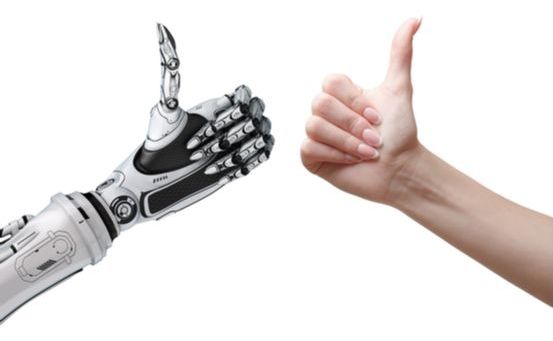
Transhumanists are curiosity addicts. If it’s new, different, untouched, or even despised, we’re probably interested in it. If it involves a revolution or a possible paradigm shift in human experience, you have our full attention. We are obsessed with the mysteries of existence, and we spend our time using the scientific method to explore anything we can find about the evolving universe and our tiny place in it.
Obsessive curiosity is a strange bedfellow. It stems from a profound sense of wanting something better in life—of not being satisfied. It makes one search, ponder, and strive for just about everything and anything that might improve existence. In the 21st century, that leads one right into transhumanism. That’s where I’ve landed right now: A journalist and activist in the transhumanist movement. I’m also currently a Libertarian candidate for California Governor. I advocate for science and tech-themed policies that give everyone the opportunity to live indefinitely in perfect health and freedom.
Politics aside, transhumanism is the international movement of using science and technology to radically change the human being and experience. Its primary goal is to deliver and embrace a utopian techno-optimistic world—a world that consists of biohackers, cyborgists, roboticists, life extension advocates, cryonicists, Singularitarians, and other science-devoted people.
Transhumanism was formally started in 1980’s by philosophers in California. For decades it remained low key, mostly discussed in science fiction novels and unknown academic conferences. Lately, however, transhumanism seems to be surging in popularity. What once was a smallish band of fringe people discussing how science and technology can solve all humanity’s problems has now become a burgeoning social mission of millions around the planet.
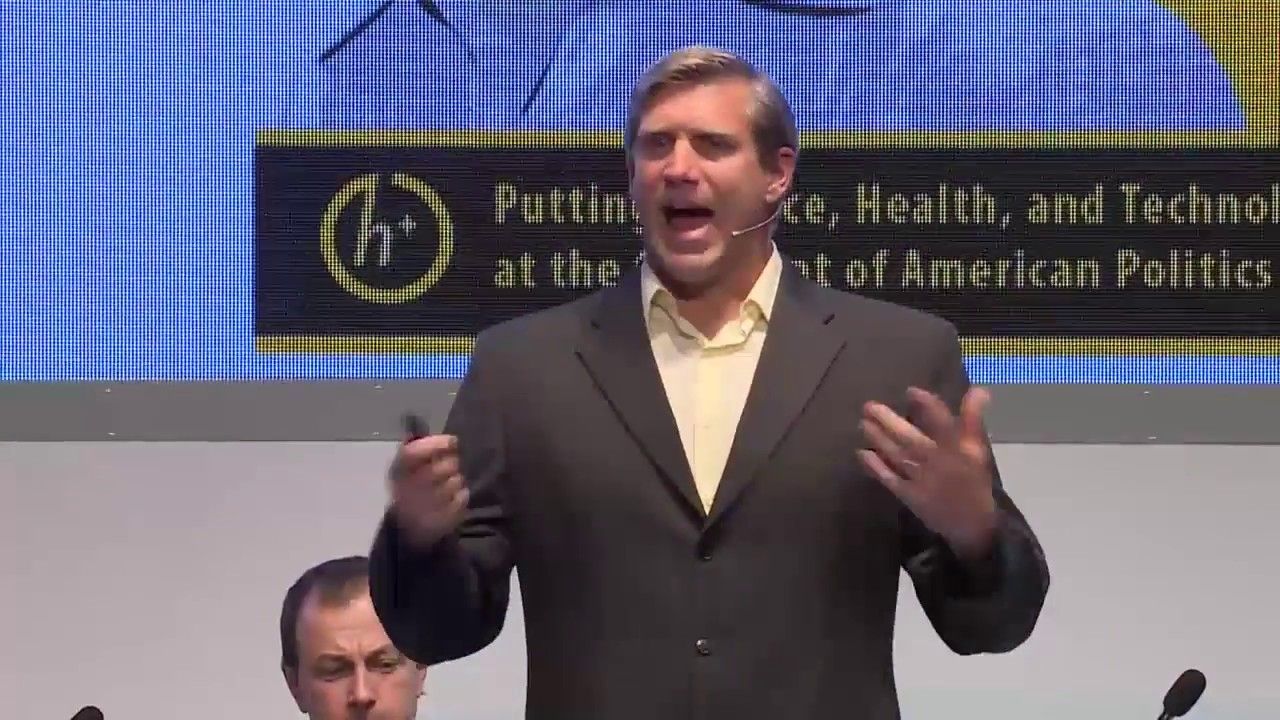
As one of the most visible 2016 presidential candidates—and now as a leading 2018 contender for Governor in California—Zoltan Istvan has been the “Science Candidate,” traveling around America to discuss the issues of transhumanism and radical longevity that are transforming humanity. Soon the issues of AI, genetic editing, designer babies, bionic organs, automation, and neural prosthetics will challenge and dominate political discourse. America must embrace radical science with bold polices.